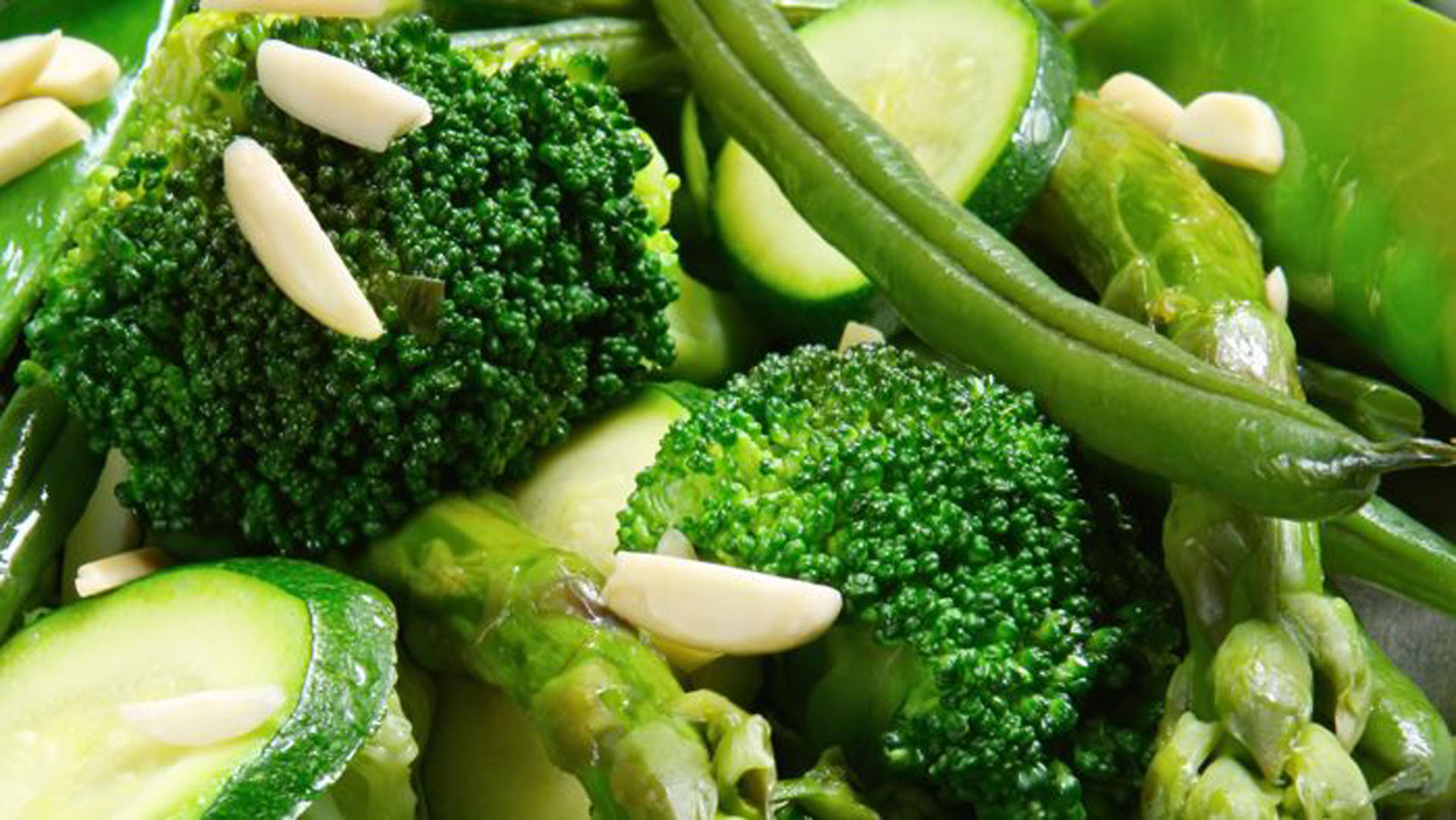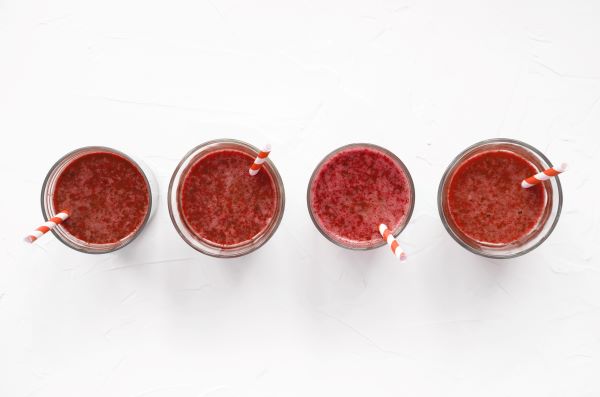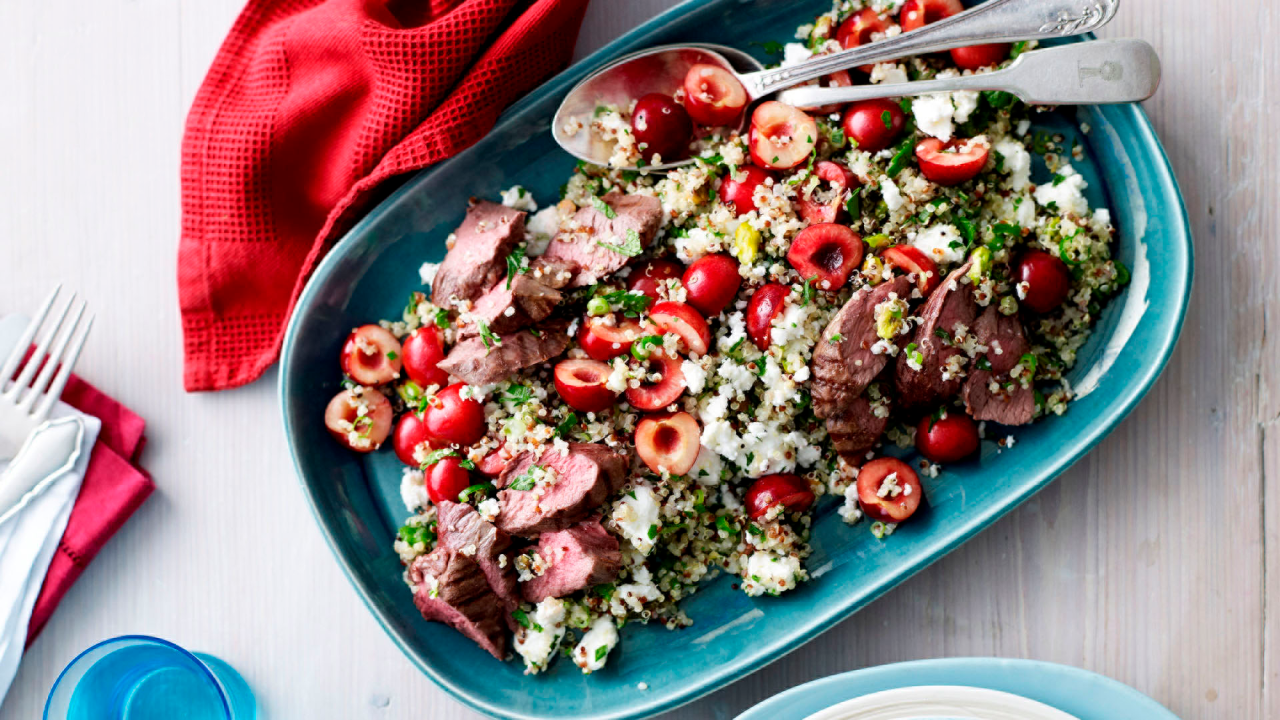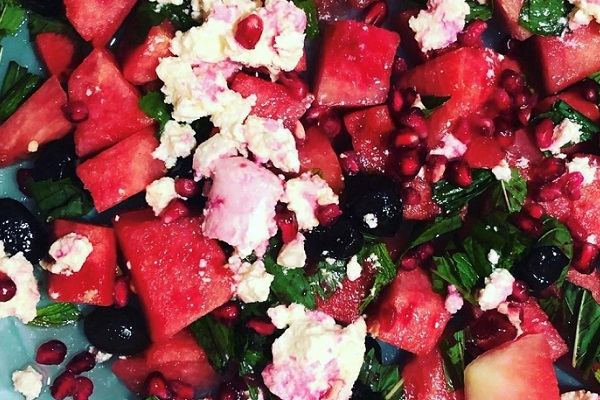-
The biggest dining table battles are fought over vegetables and leafy greens. Lying unloved on the side of the plate, veggies and greens are either labelled as simply garnish or rabbit food, but they have an important role to play in human health.
Vegetables contain an amazing array of vitamins, carbohydrates and proteins. The link between citrus fruits and scurvy, the deadly disease that mysteriously decimated exploring mariners confined to a unerring daily diet of salted beef and hard biscuits, led to the discovery of vitamins (vital-amines) - in this case Vitamin C. Further discoveries added new vitamins which must be obtained from foods, with deficiencies sometimes causing everything from horrendous skin diseases through to madness and occasionally death.
Modern nutrition has continued to explore the world of vegetables. Many vegetables have a bitter taste. It’s this taste that creates the occasional strong aversion most children and many adults have against eating greens. The offending bitter chemicals are a dazzling array of natural defenses and toxins plants have developed to cope with harsh UV-rays and pests that want to eat them. These pests can include humans, although a human is much larger than a nibbling grub, so relatively few vegetables can pack a punch that can cause toxic responses.
These plant-derived chemicals, sometimes known as phyto-chemicals, include anti-oxidants but also whole classes of compounds which have been shown in test tubes to interact with biological pathways, including having powerful anti-inflammatory effects.
There are other amazing benefits from adding green vegetables to a meal.
- Eating at least 60 grams (around a handful of beans or a fist size piece of broccoli) every day has been shown in a large population survey to add up to two years of life.
- Vegetables contain nitrogen in an inorganic compound known as nitrates. Somewhat amazingly, once eaten these nitrates are absorbed into the blood and are released back into the body through saliva. Once through this second cycle, bacteria in your mouth convert the nitrites into nitrate, an organic compound. Nitrate is converted to nitrogen oxide (NO) a powerful anti-hypertensive lowering blood pressure.
- Children view a meal that contains vegetables on a plate as more appetising than a meal without vegetables. Adding different types of vegetables served in a variety of ways, including raw or cooked, are viewed by children as a complete meal.
There is no easy way to encourage children to eat vegetables, although the best nutrition research suggests that providing vegetables as bite sized snacks, limiting pre-dinner snacks to encourage a dinner time appetite and of course engaging children in buying, preparing and serving vegetables are all part of making vegetables part of the evening meal enjoyed by all.
Green vegetables are really the true super-foods.
Super-foods!

-
5 reasons to get your blender out
Soups, smoothies, sauces and more. Here we pay homage to one of the kitchen's most versatile appliances: the blender.
-
10 healthy recipes to enjoy this festive season
Trying to be healthy during the festive season can be tough. We’ve rounded up 10 of our most delicious summer recipes for you to make it easier.
-
Grilled chicken with mango and avocado salsa recipe
The flavour of the mango, lime and coriander work perfectly together to add a taste of summer to any meal.
-
Watermelon, pomegranate and olive salad recipe
You’ll be pleasantly surprised how well these flavours work together. It’s a simple and refreshing salad that will soon become a summer favourite.
-
Mocktail recipes: Five of the best
The same great taste.
-
10 delicious, low-sugar desserts
Naturally sweet ingredients are great for desserts
Subscribe to receive the best from Live Better every week. Healthy recipes, exercise tips and activities, offers and promotions – everything to help you eat, move and feel better.
By clicking sign up I understand and agree to Medibank's privacy policy






